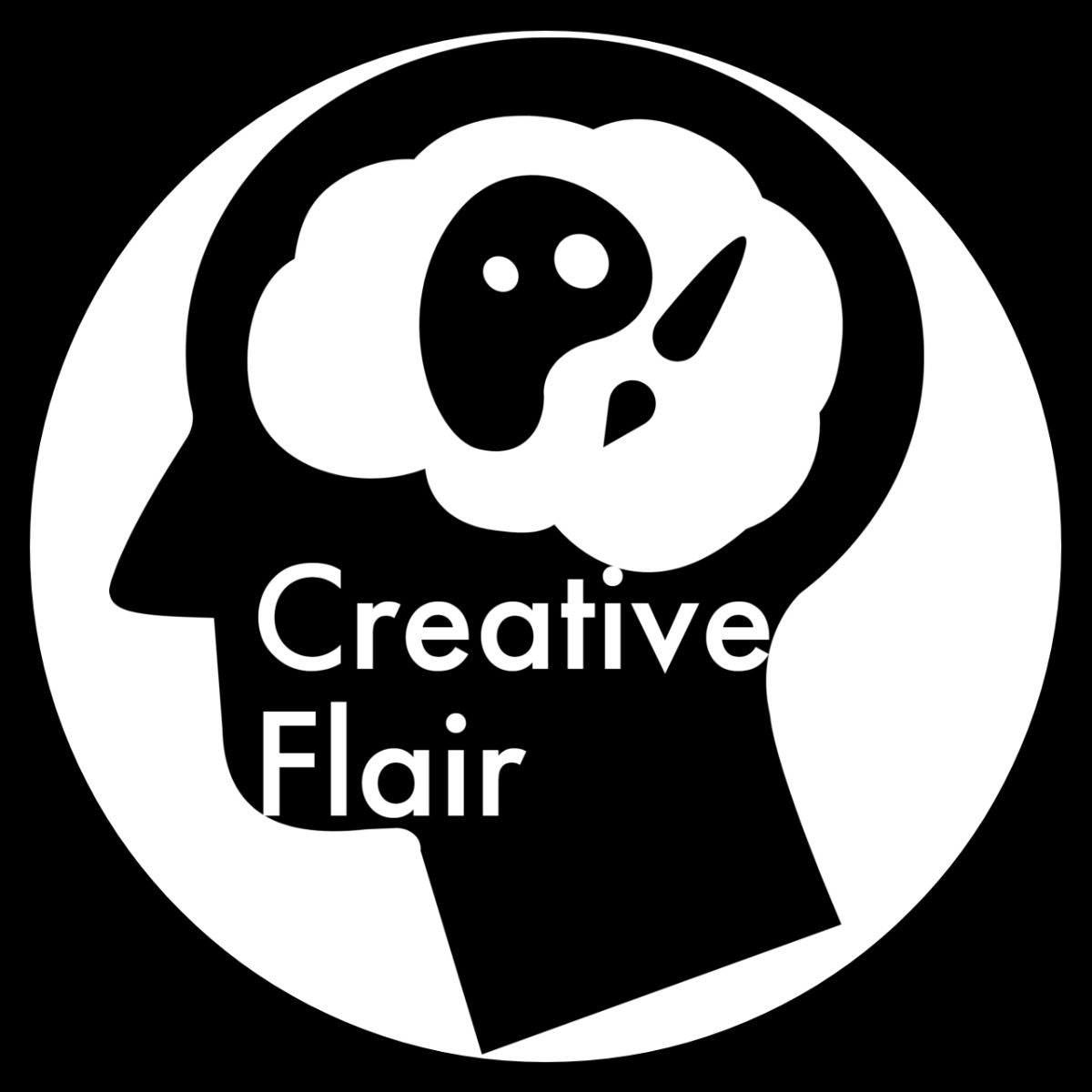Drawing is a fundamental artistic technique that fosters imagination, self-expression, and visual narrative. Sketching offers a flexible and approachable way to interact with the environment, whether you’re a budding artist or simply want to explore your creative side. This article will take you on a journey through the fundamentals of sketching while providing helpful advice and insights to help new artists get started.
The Equipment Used
Get all of your drawing supplies together before you start. You only require:
- Paper: Begin with plain drawing paper. As you advance, you can experiment with toned or textured papers for more depth.
- Pencils: You can create a wide range of shades and tones by using a variety of graphite pencils (HB, 2B, 4B, and 6B).
- Erasers: For accurate and tidy corrections, keep both kneaded and vinyl erasers on hand.
- Sharpener: Keeping your pencil points sharp will be easier with a good sharpener.
- You can soften and blend pencil lines using Q-tips, blending stumps, or your fingers.
- Accept the Inner Observer
Drawing requires acute observation. Develop the ability to observe details, proportions, and the interaction of light and shadow. Start with straightforward subjects like commonplace items, fruits, or flowers, and as your skills advance, gradually advance to more complex scenes.
Line and shape in art
Start off with simple shapes like circles, squares, and triangles. These shapes act as the foundation for more complex drawings. As you gain confidence, try using contour lines to add depth and define shapes.
Knowledge of Light and Shadow
Your sketches take on dimension thanks to light and shadow. Recognise the highlights, midtones, and shadows in your scene by paying attention to the light source. Vary the pressure you use when drawing pencil strokes to practise shading. Your sketches will have more depth if you use this hatching and cross-hatching technique.
Measurement of Proportions
Pay attention to proportions, or how the sizes and distances of objects relate to one another. To ensure accuracy, use methods like measuring and sighting. You can more accurately establish proportions by breaking objects down into their basic shapes.
Choosing a Style
You’ll create a distinct style as you go along that reflects your viewpoint and preferences. Try out various strategies, from free and expressive to precise and detailed. Don’t be afraid to accept flaws; they can give your sketches more personality.
Consistency, Patience, and Practise
The same as with any skill, drawing requires practise. Set aside regular time to experiment and draw. Be kind to yourself; it takes time to improve. Celebrate each tiny advancement and see setbacks as chances for development.
Finding out from Others
For ideas and insights, look into the work of renowned artists. Examine their methods, lines, and shading choices. Workshops, art classes, and online tutorials can all offer helpful direction and inspiration.
Constructing Confidence
Don’t let perceived errors demotivate you. Instead, think of them as a part of your education. Your confidence will increase and your skills will advance as you practise more.
Keeping a Sketchbook
A sketchbook is a private space where you can experiment with ideas and methods and record your artistic development. Take it with you and draw whenever you get an idea.
Summary of Sketching for Beginners
Drawing opens the door to creative expression and allows you to see the world from a unique perspective. Even complete beginners can start a fulfilling artistic journey with the right equipment, skills, and openness to learning. Never forget that each line and each stroke is a step towards developing your abilities and discovering your unique artistic voice. The world of sketching invites you to explore, experiment, and savour the joy of creation, whether you sketch to unwind, hone your observational skills, or produce art that speaks to you.
Recommend0 recommendationsPublished in BlogsShare this:
- Click to share on Facebook (Opens in new window) Facebook
- Click to share on X (Opens in new window) X
- Click to print (Opens in new window) Print
- Click to email a link to a friend (Opens in new window) Email
- Click to share on LinkedIn (Opens in new window) LinkedIn
- Click to share on Reddit (Opens in new window) Reddit
- Click to share on Pinterest (Opens in new window) Pinterest



Responses